volume 1>> volume 2 >> volume 3 >> volume 4>>forthcoming>>
2013
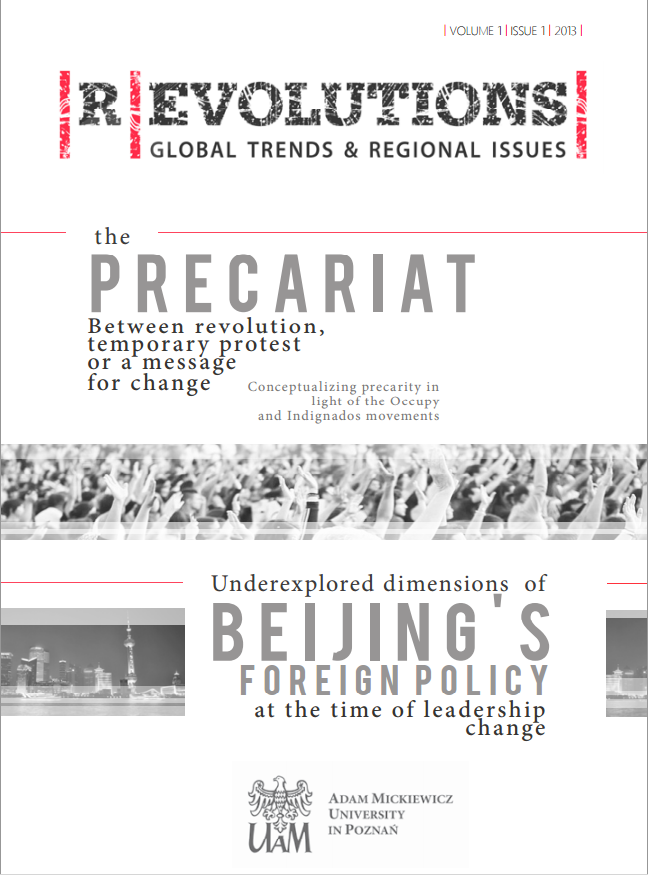 Global Trend: The Precariat: Between revolution, temporary protest or a message for change?
Global Trend: The Precariat: Between revolution, temporary protest or a message for change?
Regional Issue: Underexplored dimensions of Beijing’s foreign policy at the time of leadership change
2014
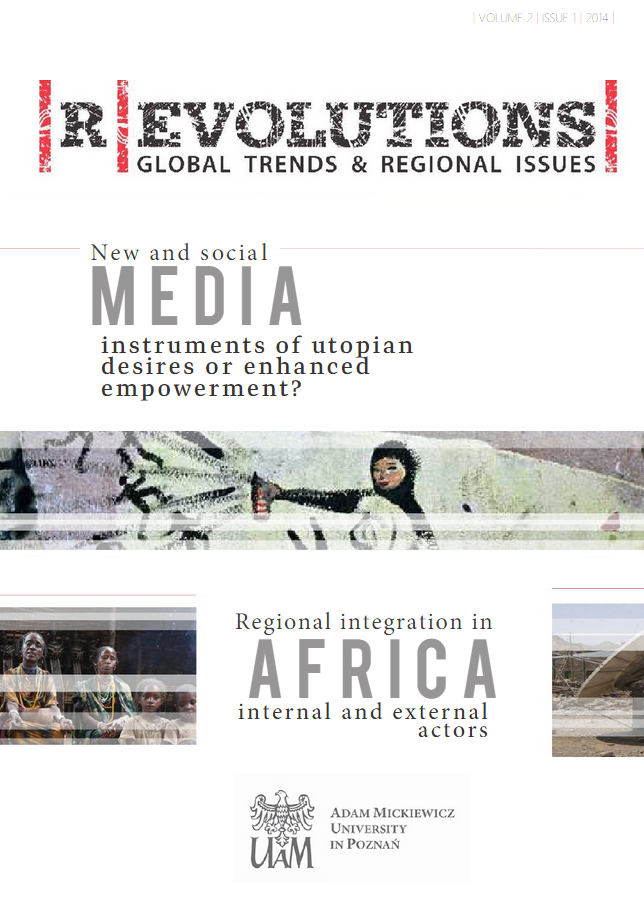 Global Trend: New and Social Media – instruments of utopian desires or enhanced empowerment?
Global Trend: New and Social Media – instruments of utopian desires or enhanced empowerment?
Regional issue: Regional Issues: Regional Integration in Africa: internal and external actors
2016
 Regional issue: The Legacy of the Arab Spring: New Forces and Fault Lines
Regional issue: The Legacy of the Arab Spring: New Forces and Fault Lines
2017
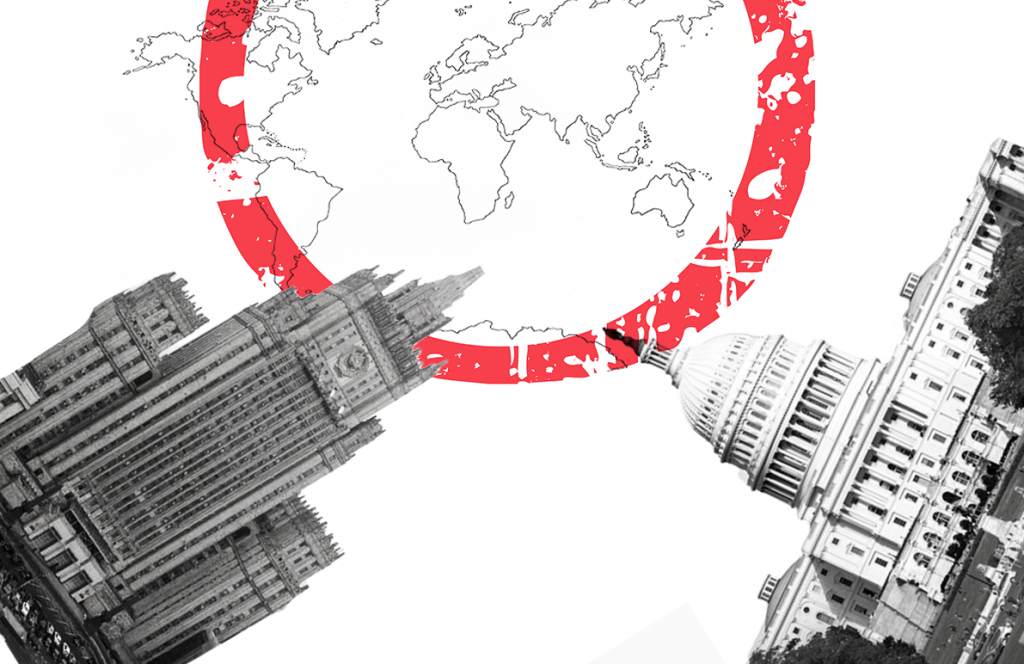 Global Trend: From Cold Peace to a New Cold War: Old Structures and New Dimensions of Great Power Rivalry
Global Trend: From Cold Peace to a New Cold War: Old Structures and New Dimensions of Great Power Rivalry

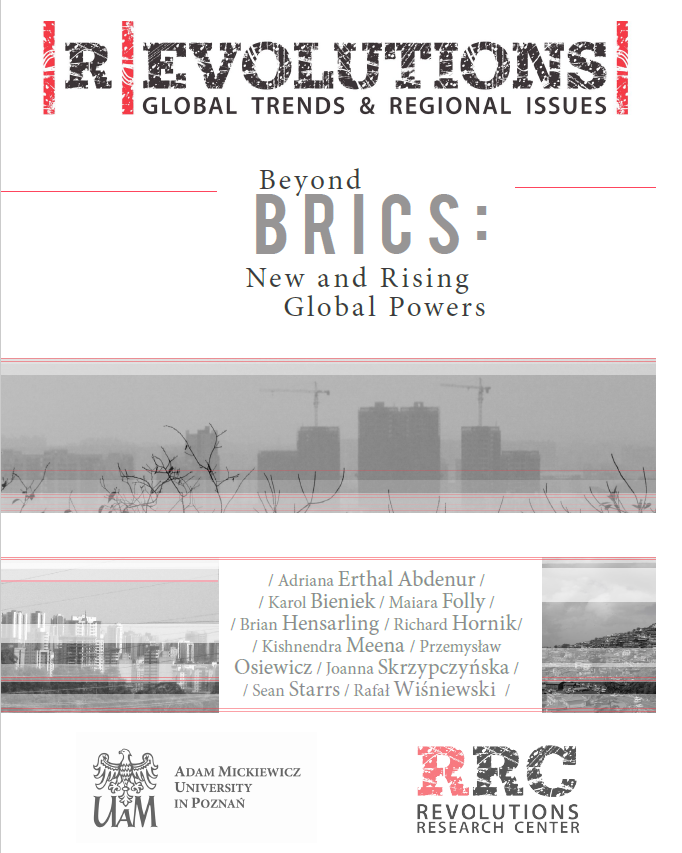 Regional issue: Beyond BRICS: New and Rising Global Powers
Regional issue: Beyond BRICS: New and Rising Global Powers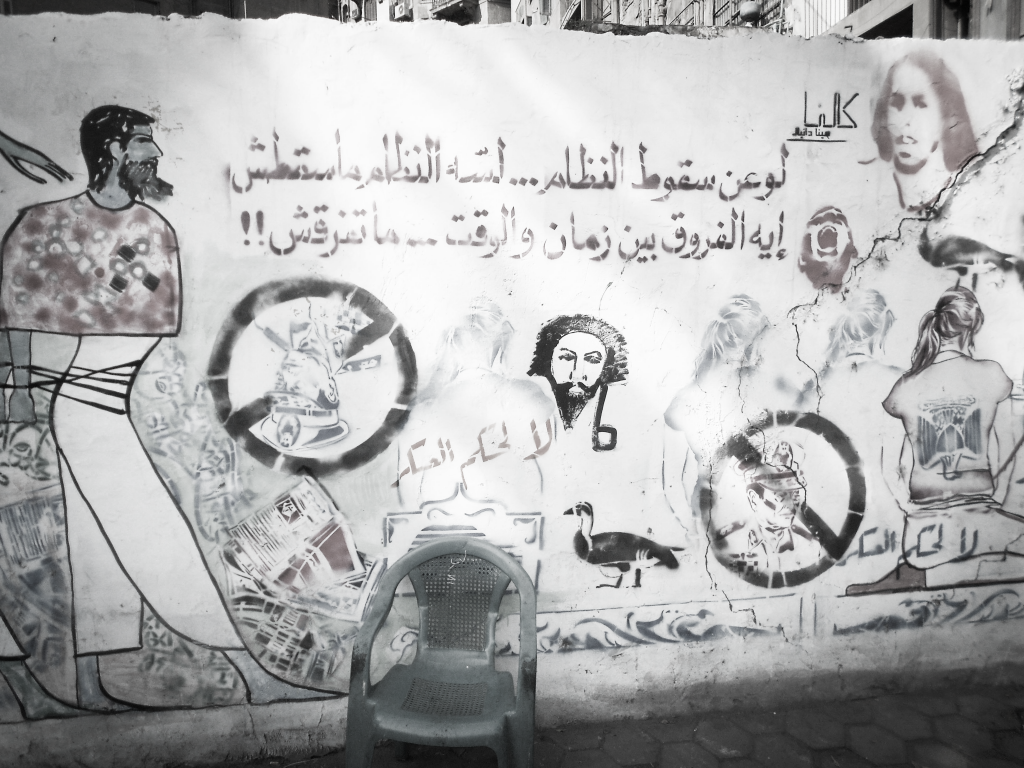
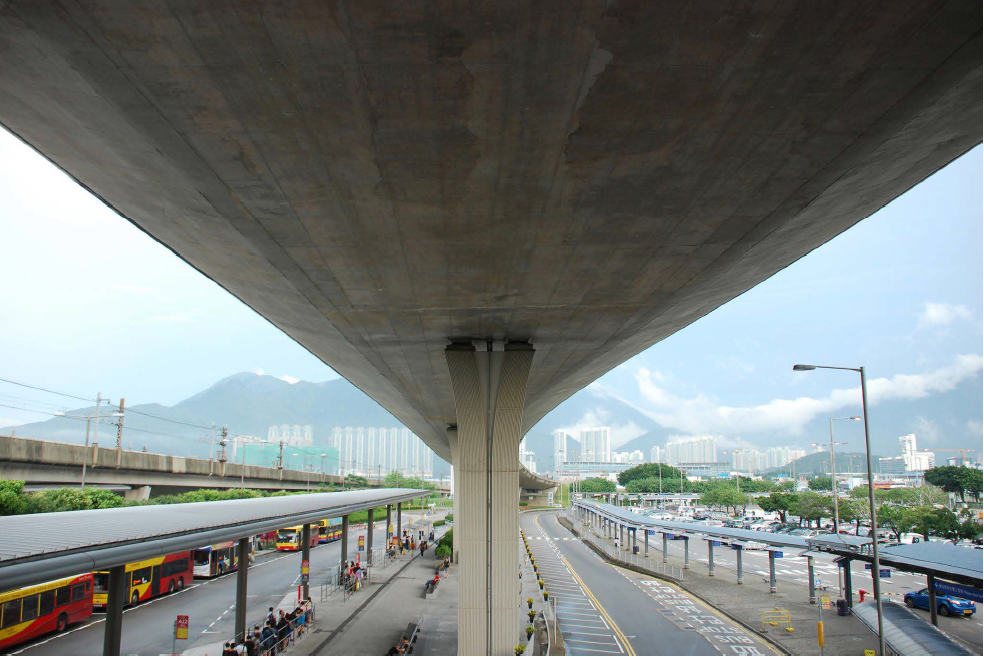
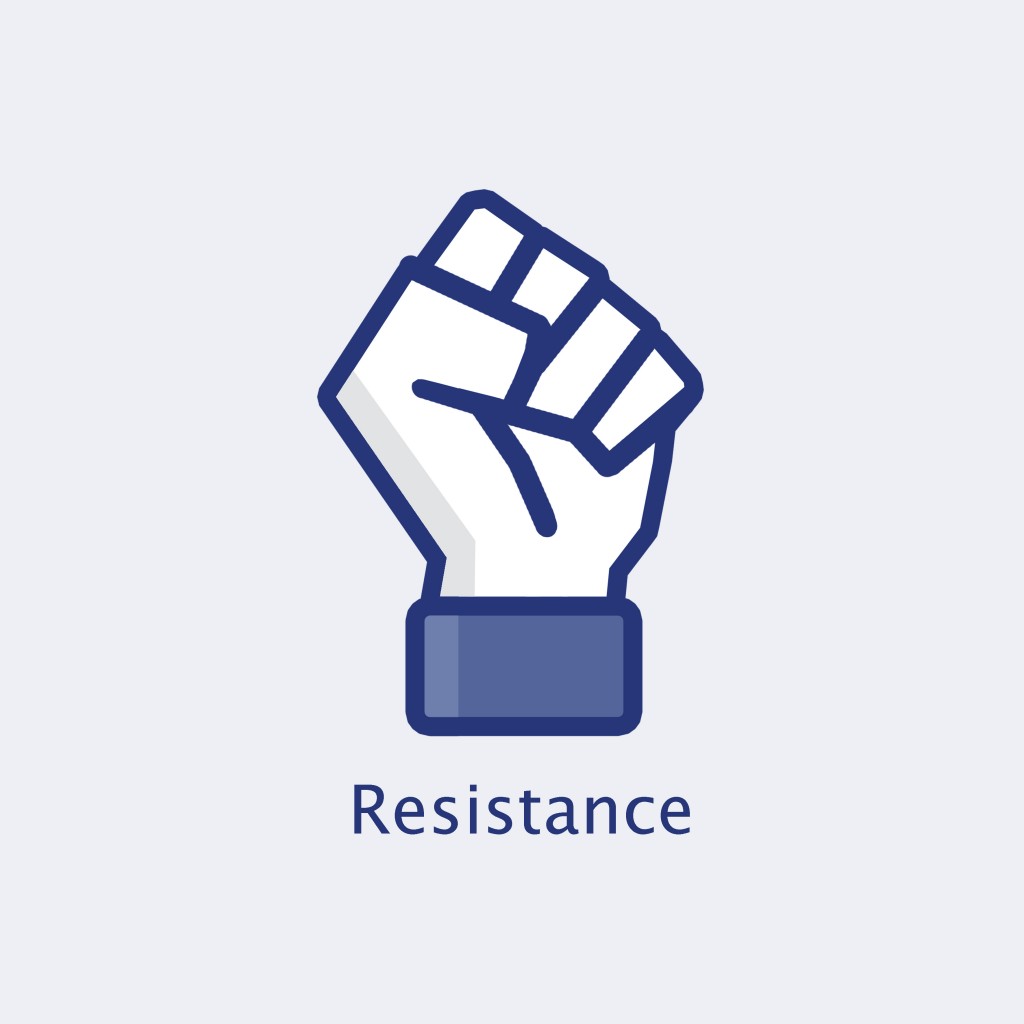 How do authoritarian regimes react facing the omnipresence and common use of new media? Are new and social media a real “tool for societal change” or just another “opiate for the masses?” And how can digital communication be exploited in terms of social innovation and policy-making processes? In the face of the conflict in Ukraine, the events of the “Arab Spring” and protests in Venezuela we decided to measure the connections on the axis: new media – new social movements – and the modes of awareness they create. In this Global Trends we have chosen to highlight a few dimensions of these recent events and confront them with a closer look through the most popular theories related with new media and new social movements.
How do authoritarian regimes react facing the omnipresence and common use of new media? Are new and social media a real “tool for societal change” or just another “opiate for the masses?” And how can digital communication be exploited in terms of social innovation and policy-making processes? In the face of the conflict in Ukraine, the events of the “Arab Spring” and protests in Venezuela we decided to measure the connections on the axis: new media – new social movements – and the modes of awareness they create. In this Global Trends we have chosen to highlight a few dimensions of these recent events and confront them with a closer look through the most popular theories related with new media and new social movements.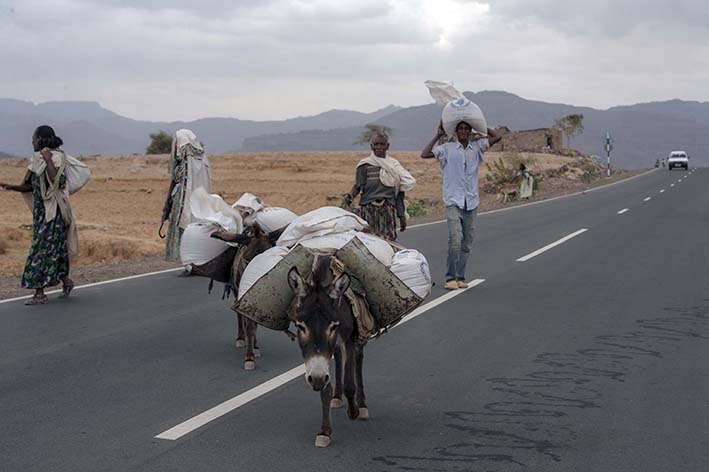 Having past the first decade of the 21st century we are witnesses to a new emerging global perspective on Africa. Despite the continued poverty and ongoing conflicts (fueled by outside forces) in some parts, Africa is increasingly portrayed as “the new emerging market.” Not only for resources but also for its labor force. As the continent becomes the new focus of the global economy we will analyze how African states prepare for this renewed attention. Who are the drivers of such trends within and outside Africa? And how do African institutions respond to the growing need of cooperation?
Having past the first decade of the 21st century we are witnesses to a new emerging global perspective on Africa. Despite the continued poverty and ongoing conflicts (fueled by outside forces) in some parts, Africa is increasingly portrayed as “the new emerging market.” Not only for resources but also for its labor force. As the continent becomes the new focus of the global economy we will analyze how African states prepare for this renewed attention. Who are the drivers of such trends within and outside Africa? And how do African institutions respond to the growing need of cooperation? Europe’s social landscape is changing, especially in times of economic crisis, which will affect the future quality of civil societies. In recent years the biggest shifts in the social fabric of the US and Europe were driven by the discussion on precarization of labor and its links with Occupy and Indignados movements: Precariat is not only the definition of a new social category or group, but rather an attempt to capture the contemporary human condition in terms of modern capitalism. One leading theorist has called it a new social class “in statu nascendi” and others the “unclass” .
Europe’s social landscape is changing, especially in times of economic crisis, which will affect the future quality of civil societies. In recent years the biggest shifts in the social fabric of the US and Europe were driven by the discussion on precarization of labor and its links with Occupy and Indignados movements: Precariat is not only the definition of a new social category or group, but rather an attempt to capture the contemporary human condition in terms of modern capitalism. One leading theorist has called it a new social class “in statu nascendi” and others the “unclass” .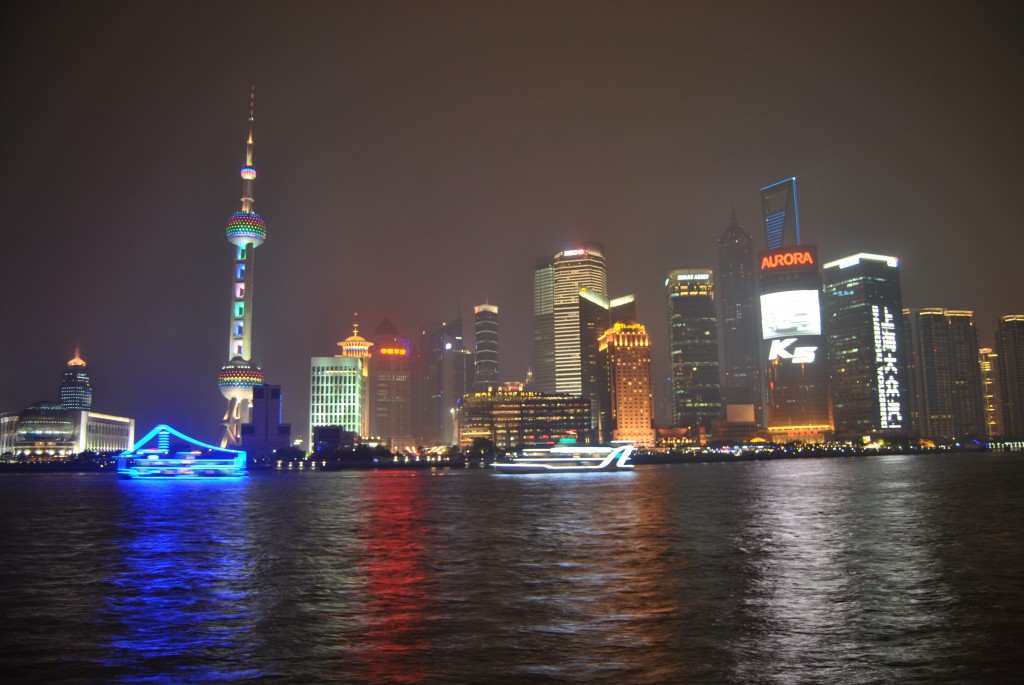 As the spotlight of international attention turns towards Asia, it inevitably sheds most light on the biggest, most powerful and influential state of this area, namely the People’s Republic of China. The course charted by its foreign policy exerts an ever greater influence on many crucial problems occupying the international community’s agenda. At the turn of 2012 and 2013 we have witnessed a once of a decade transition of power to the next (5th) generation of party state leadership, led by Xi Jinping and Li Keqiang. This is a good moment to turn our gaze both backwards to the road China travelled in the last three decades of “reform and opening” and onwards towards possible future directions of the PRC’s foreign policy.
As the spotlight of international attention turns towards Asia, it inevitably sheds most light on the biggest, most powerful and influential state of this area, namely the People’s Republic of China. The course charted by its foreign policy exerts an ever greater influence on many crucial problems occupying the international community’s agenda. At the turn of 2012 and 2013 we have witnessed a once of a decade transition of power to the next (5th) generation of party state leadership, led by Xi Jinping and Li Keqiang. This is a good moment to turn our gaze both backwards to the road China travelled in the last three decades of “reform and opening” and onwards towards possible future directions of the PRC’s foreign policy.